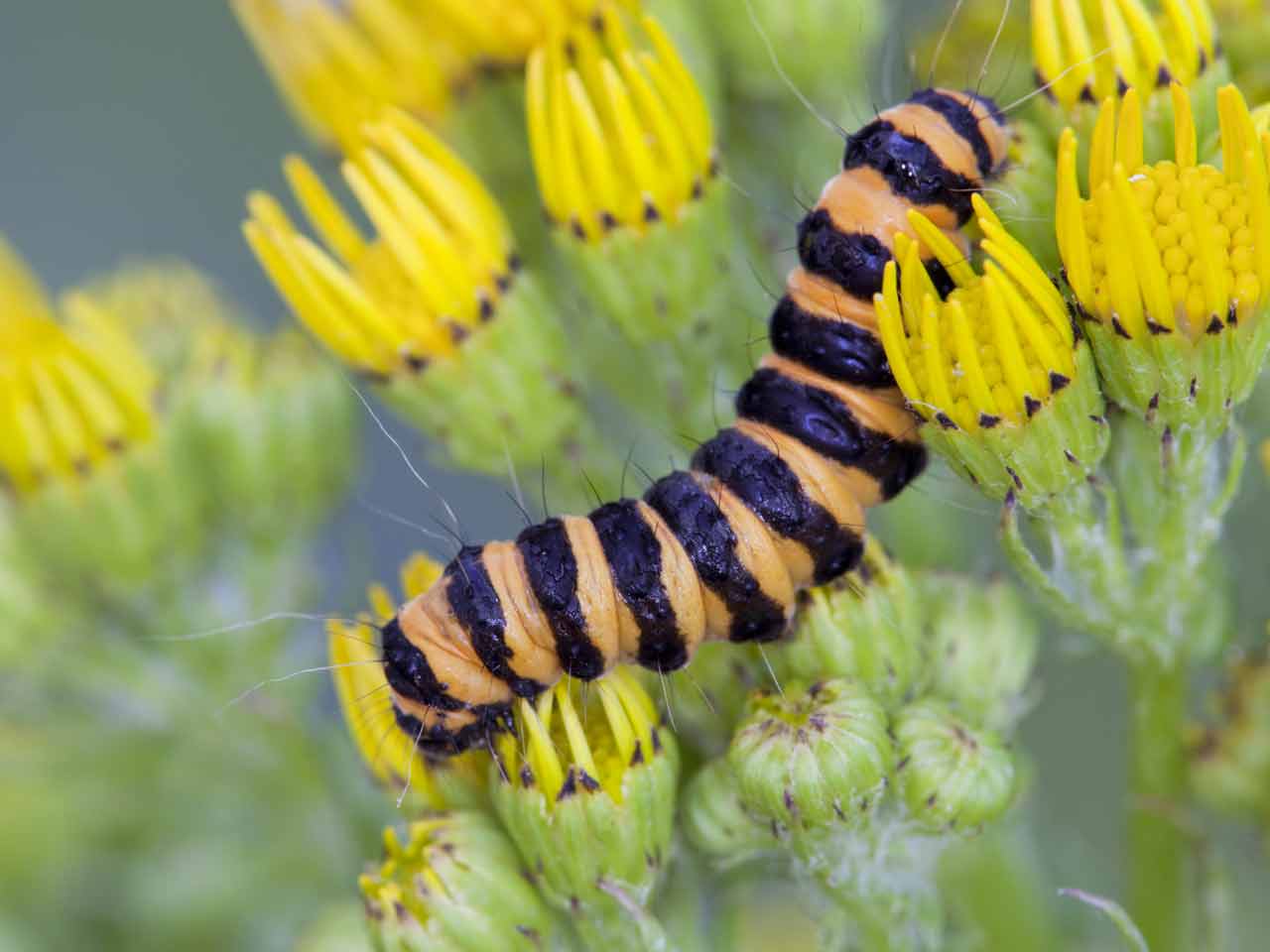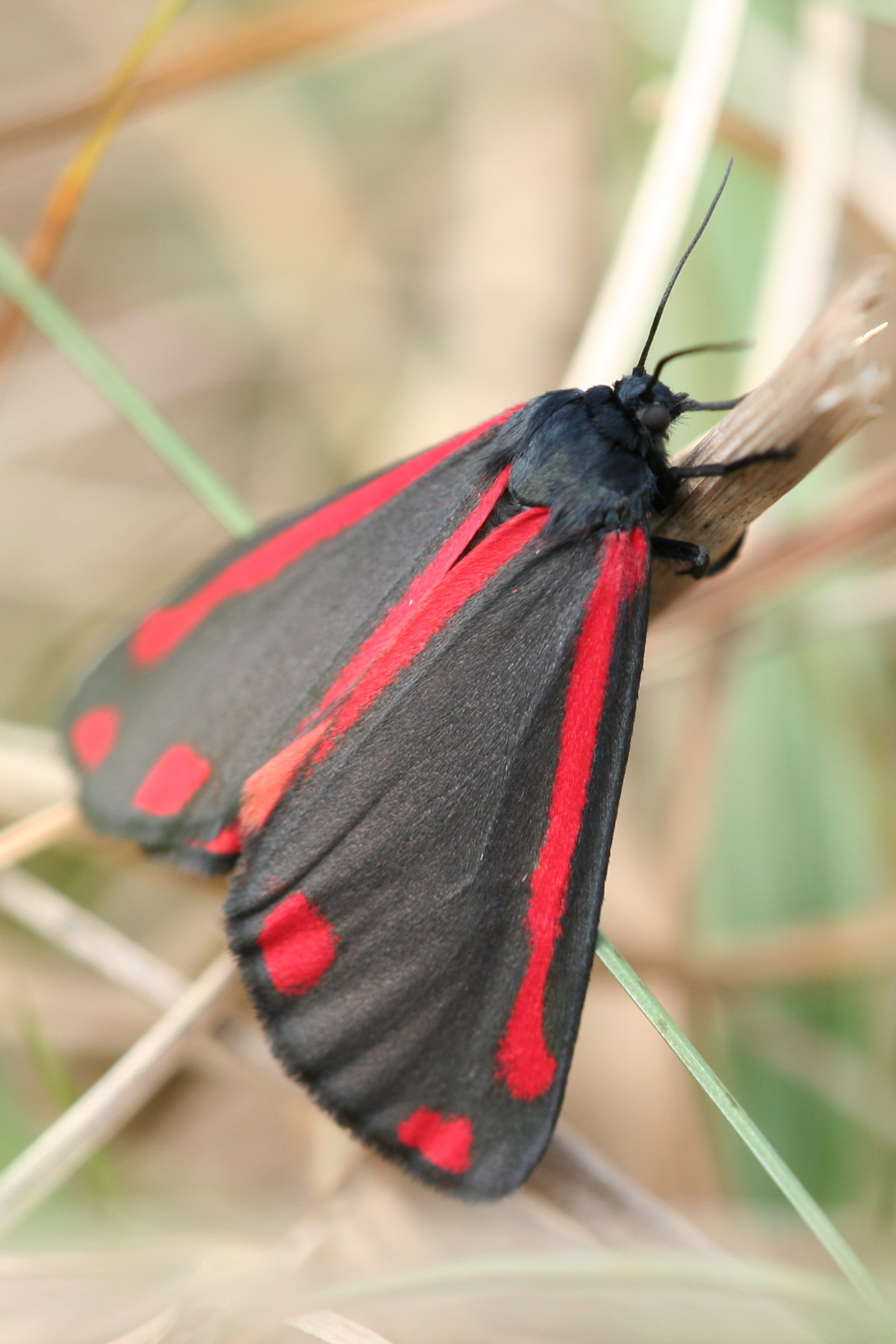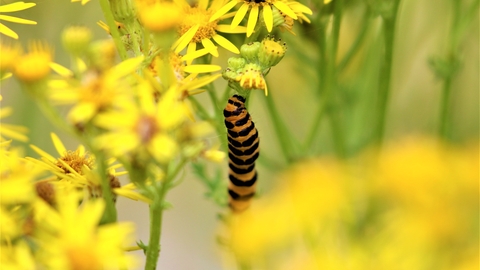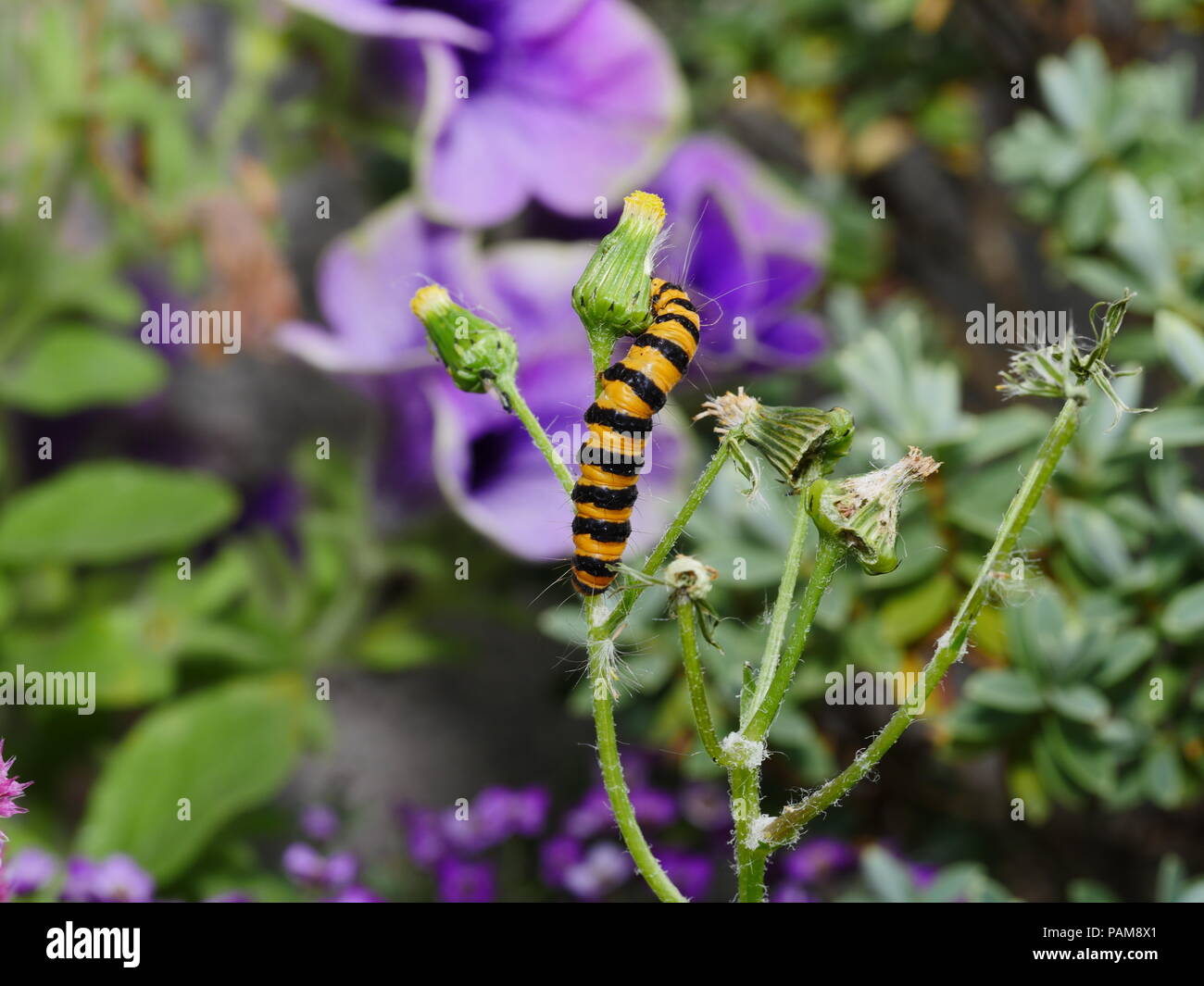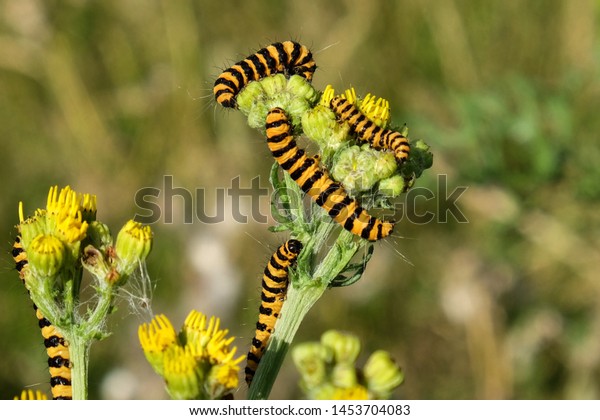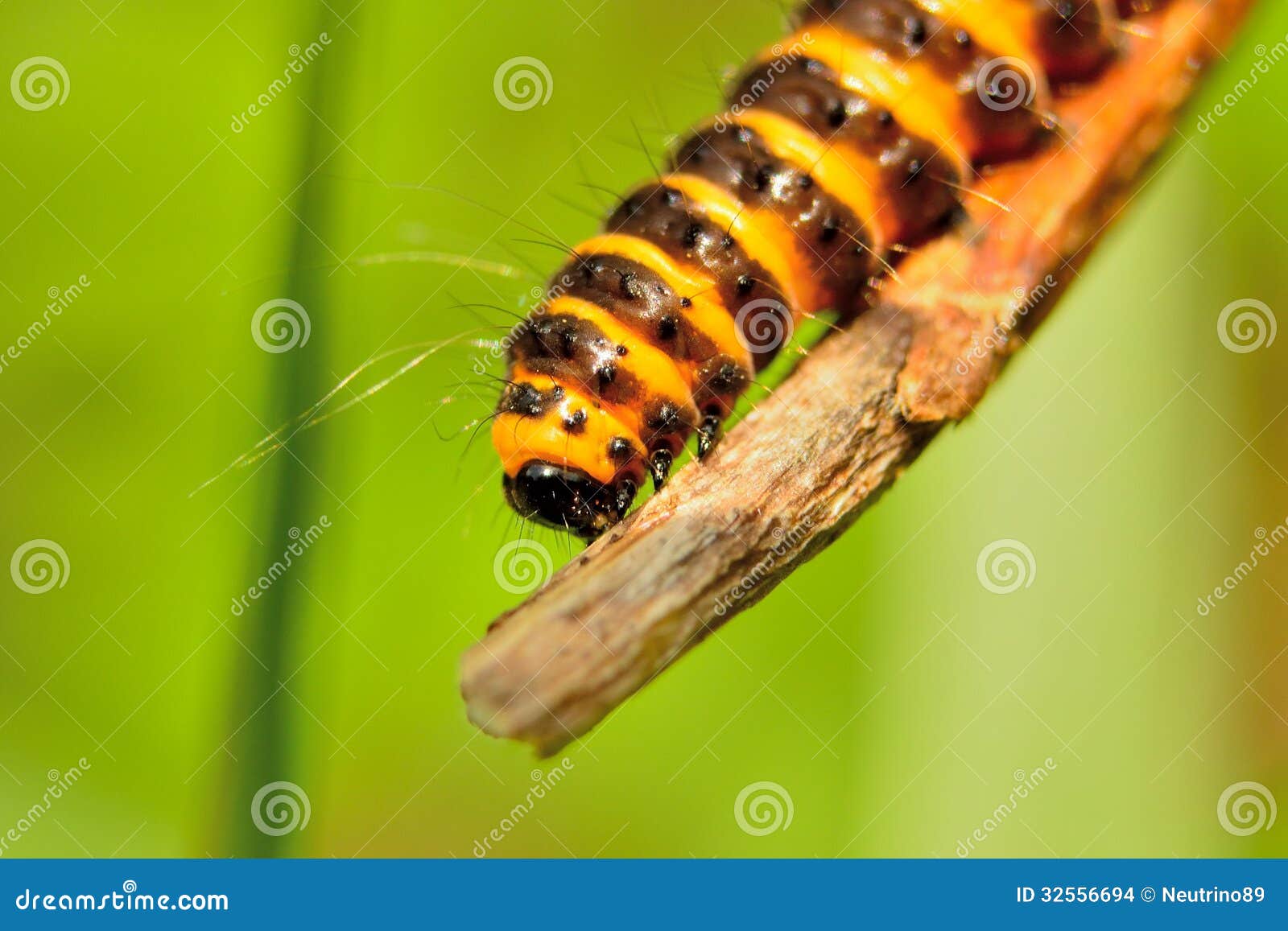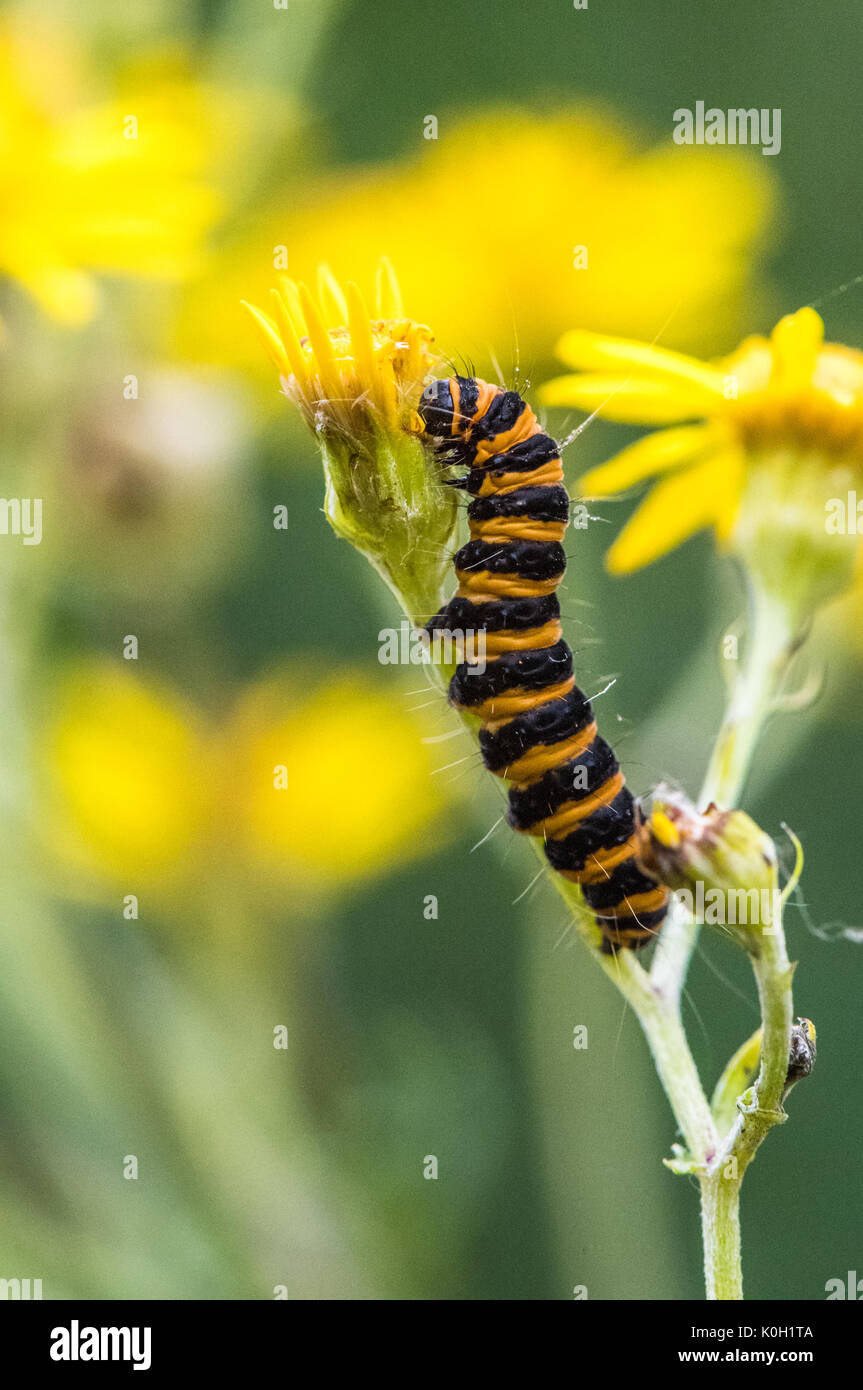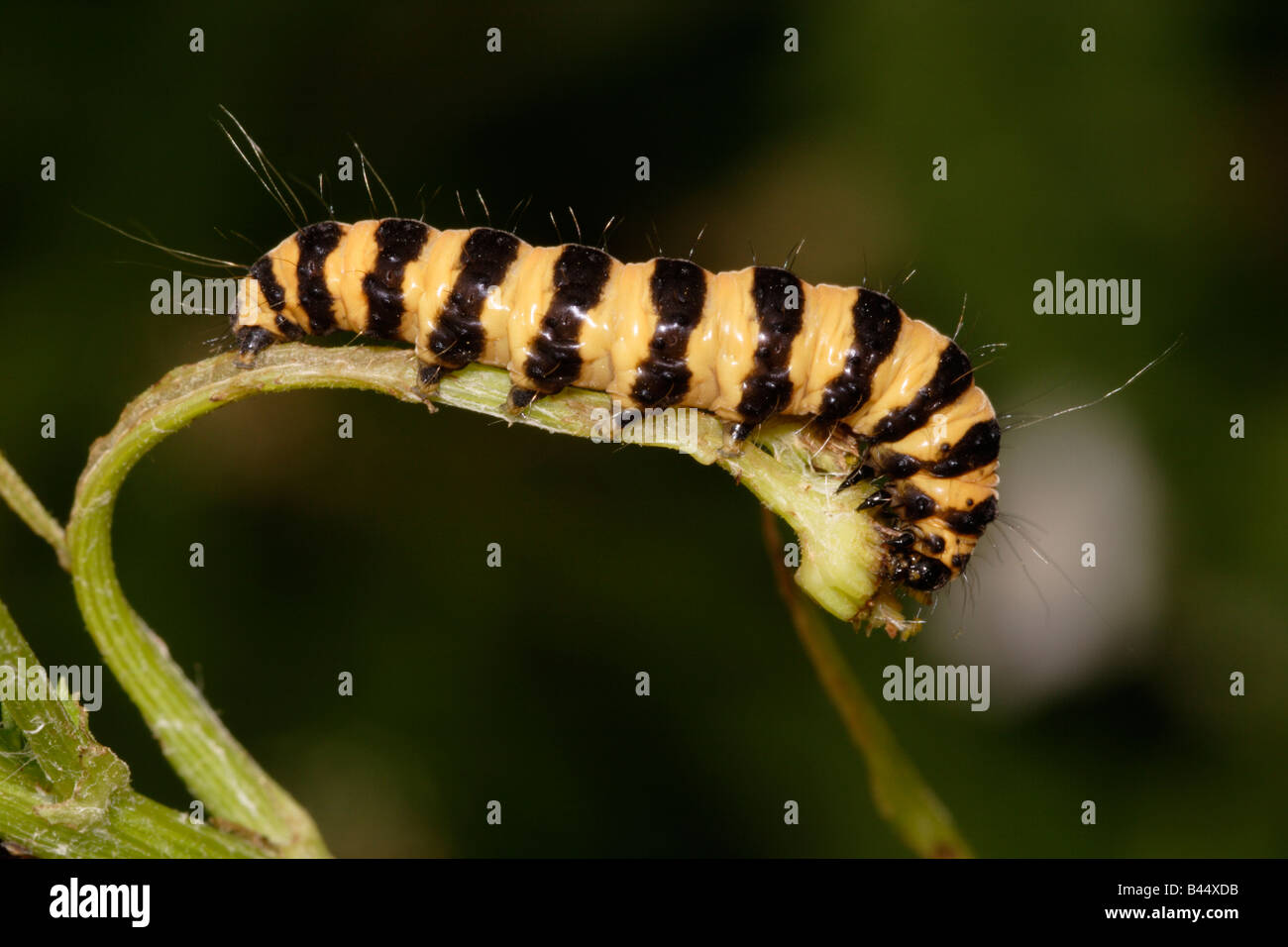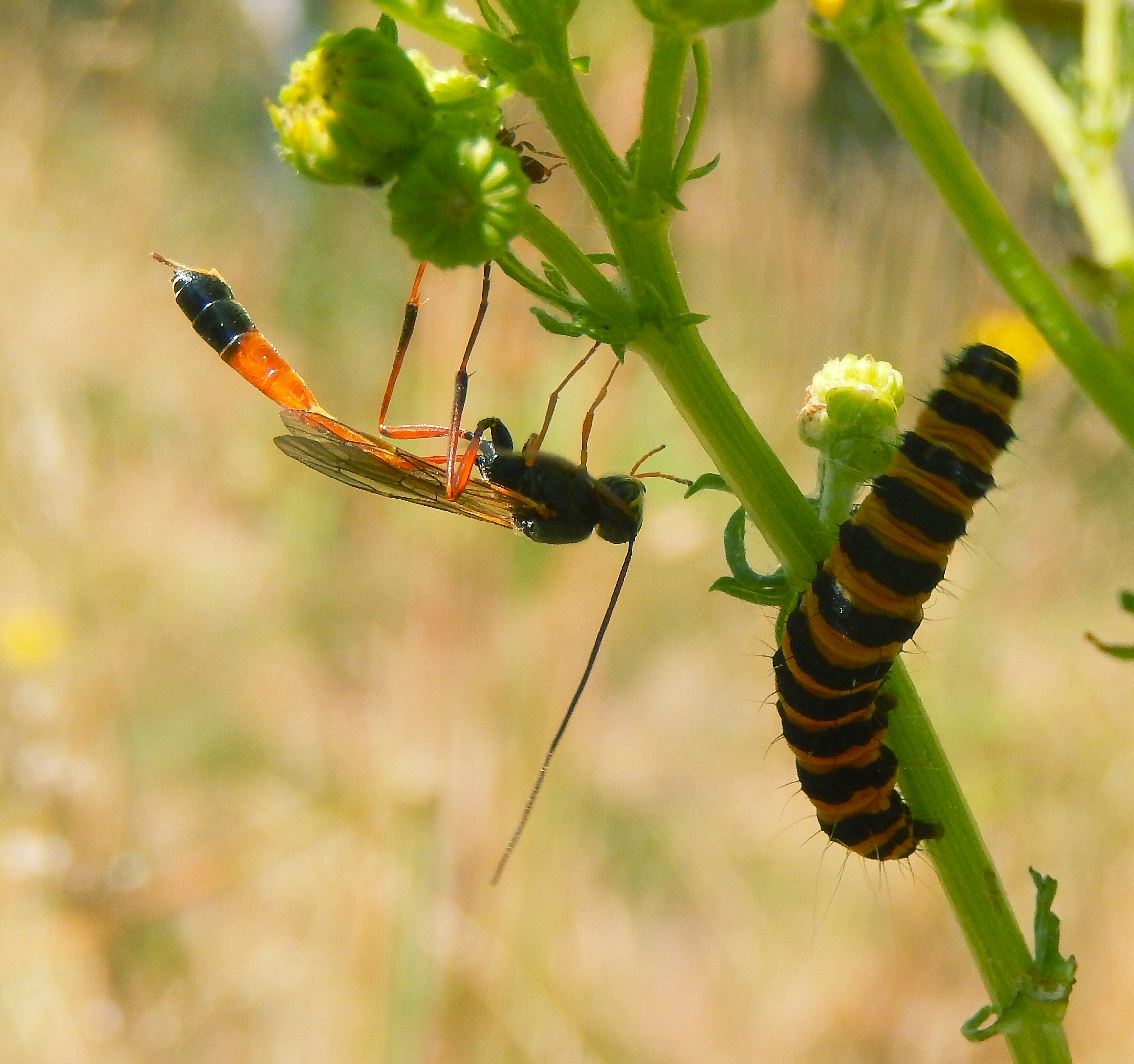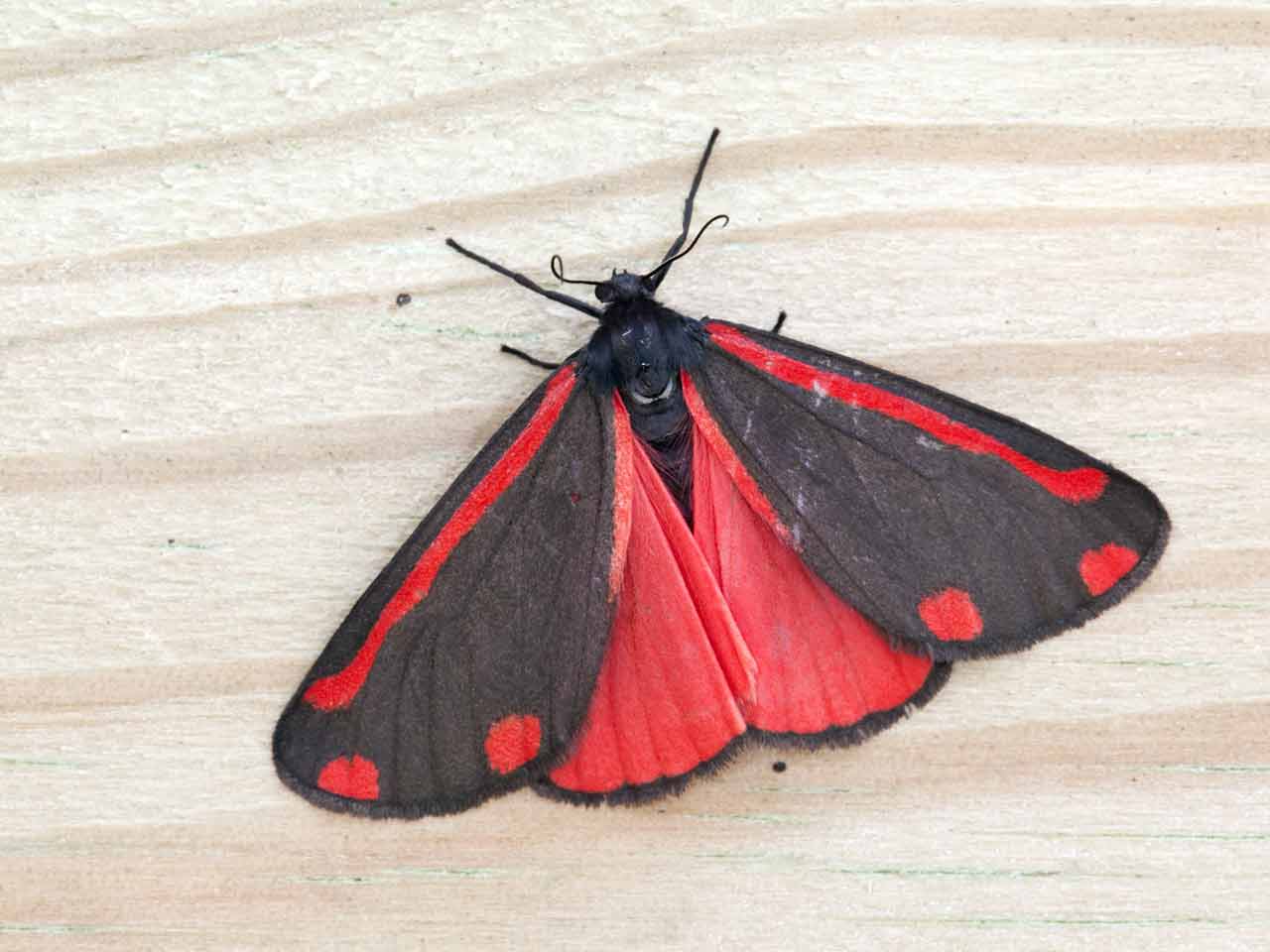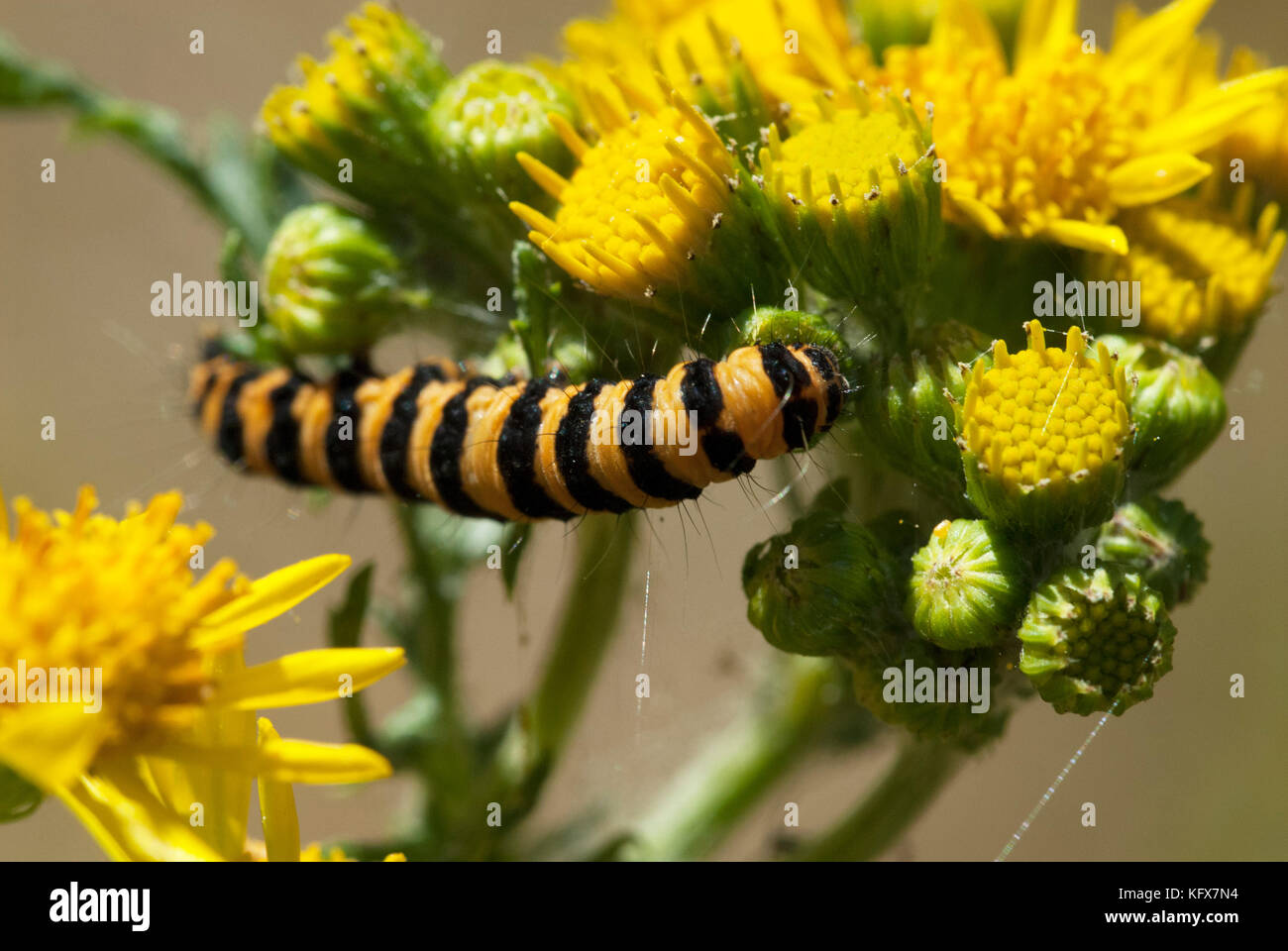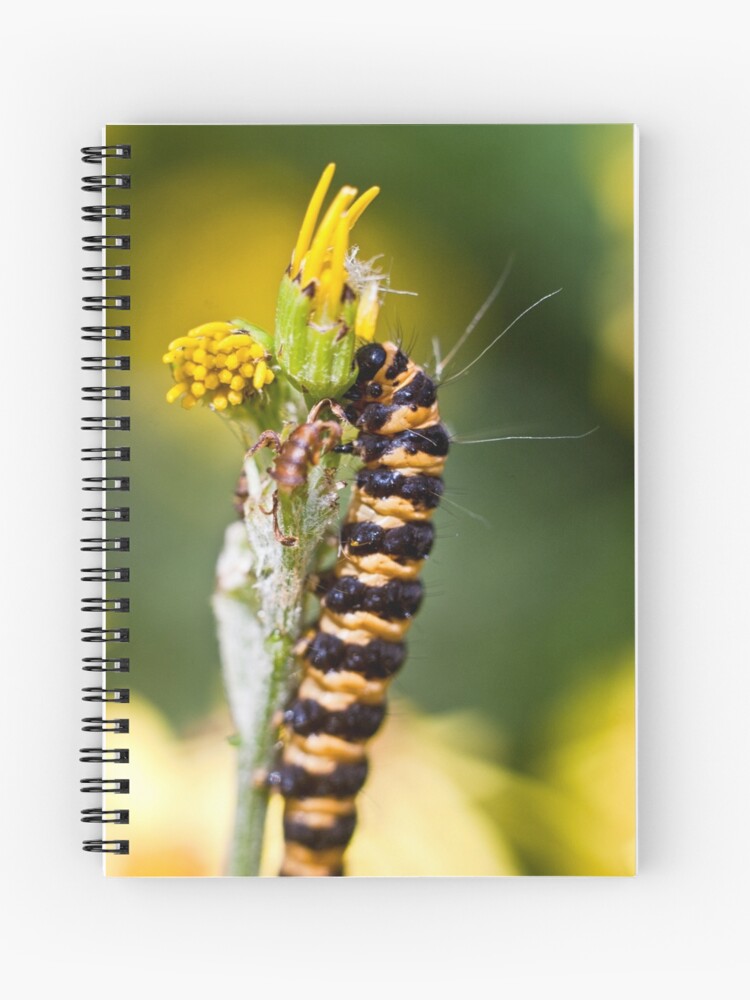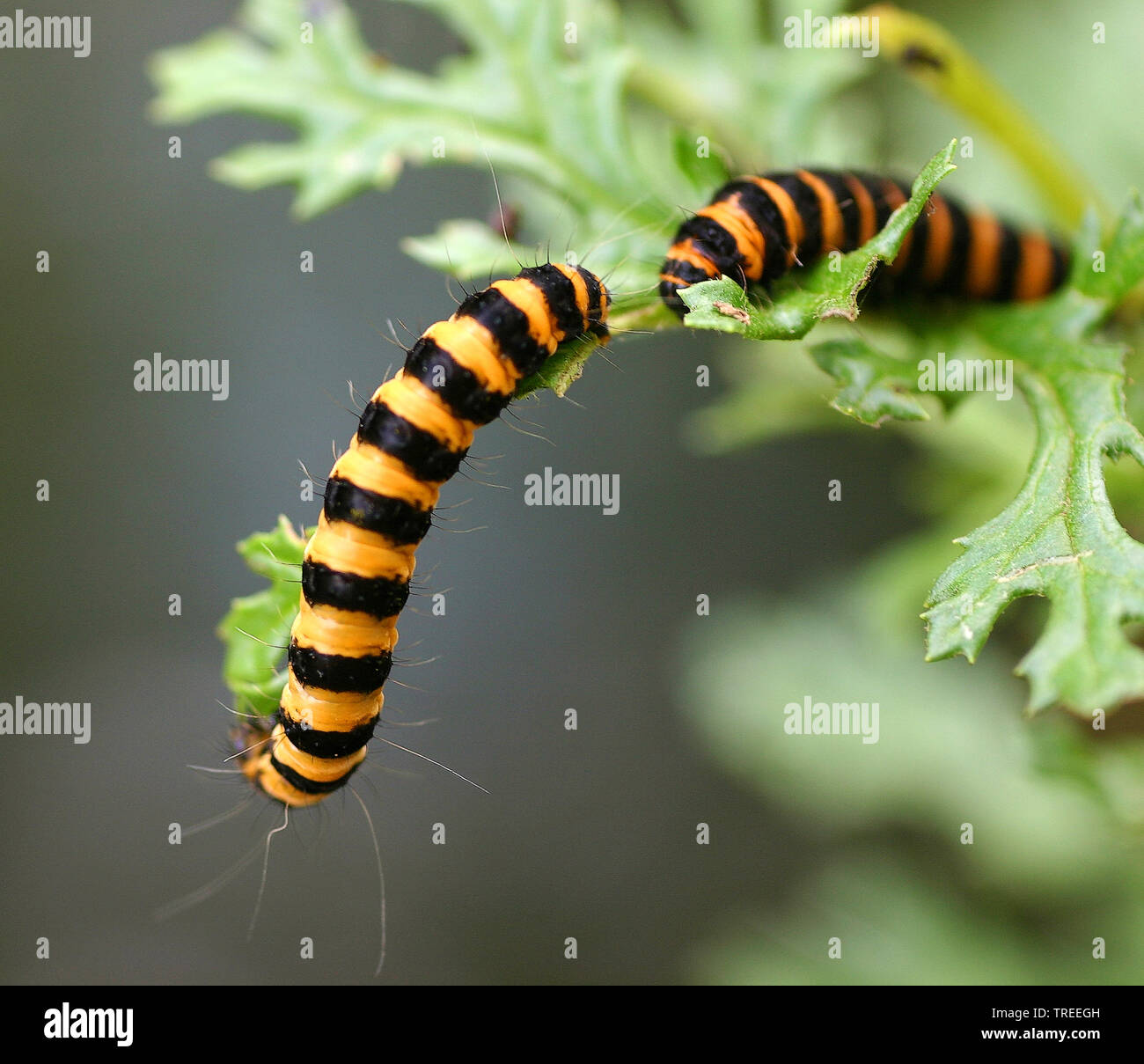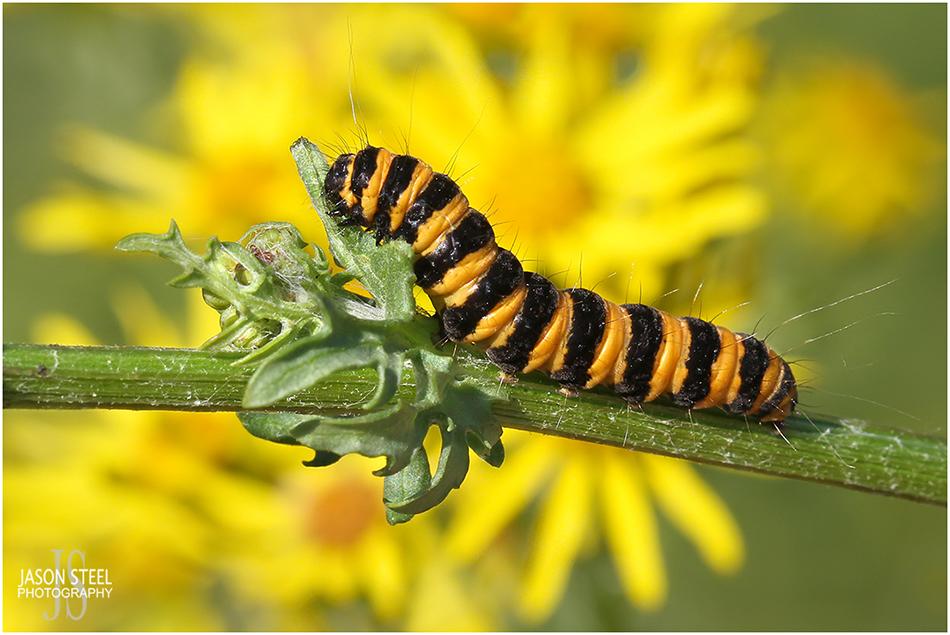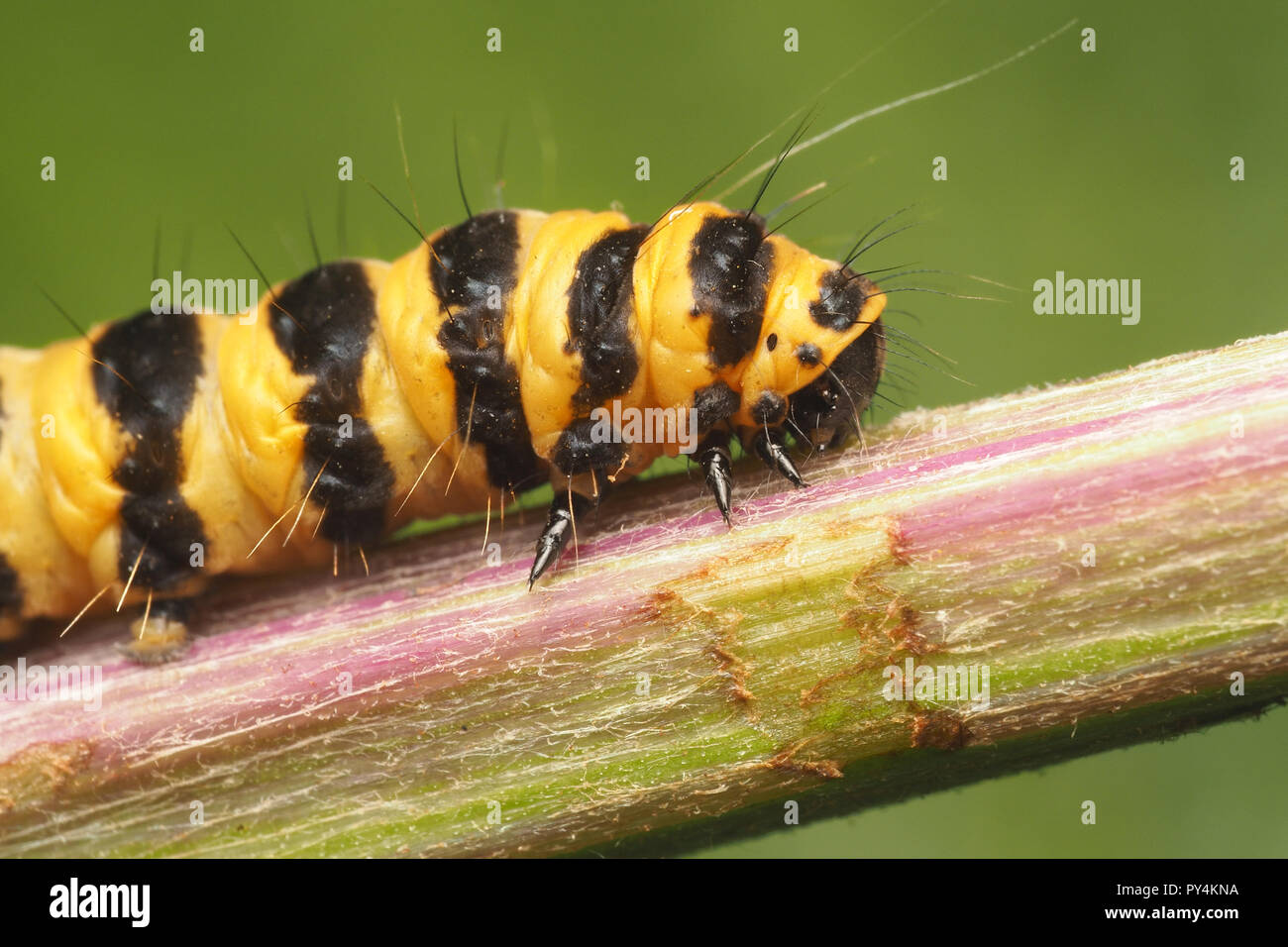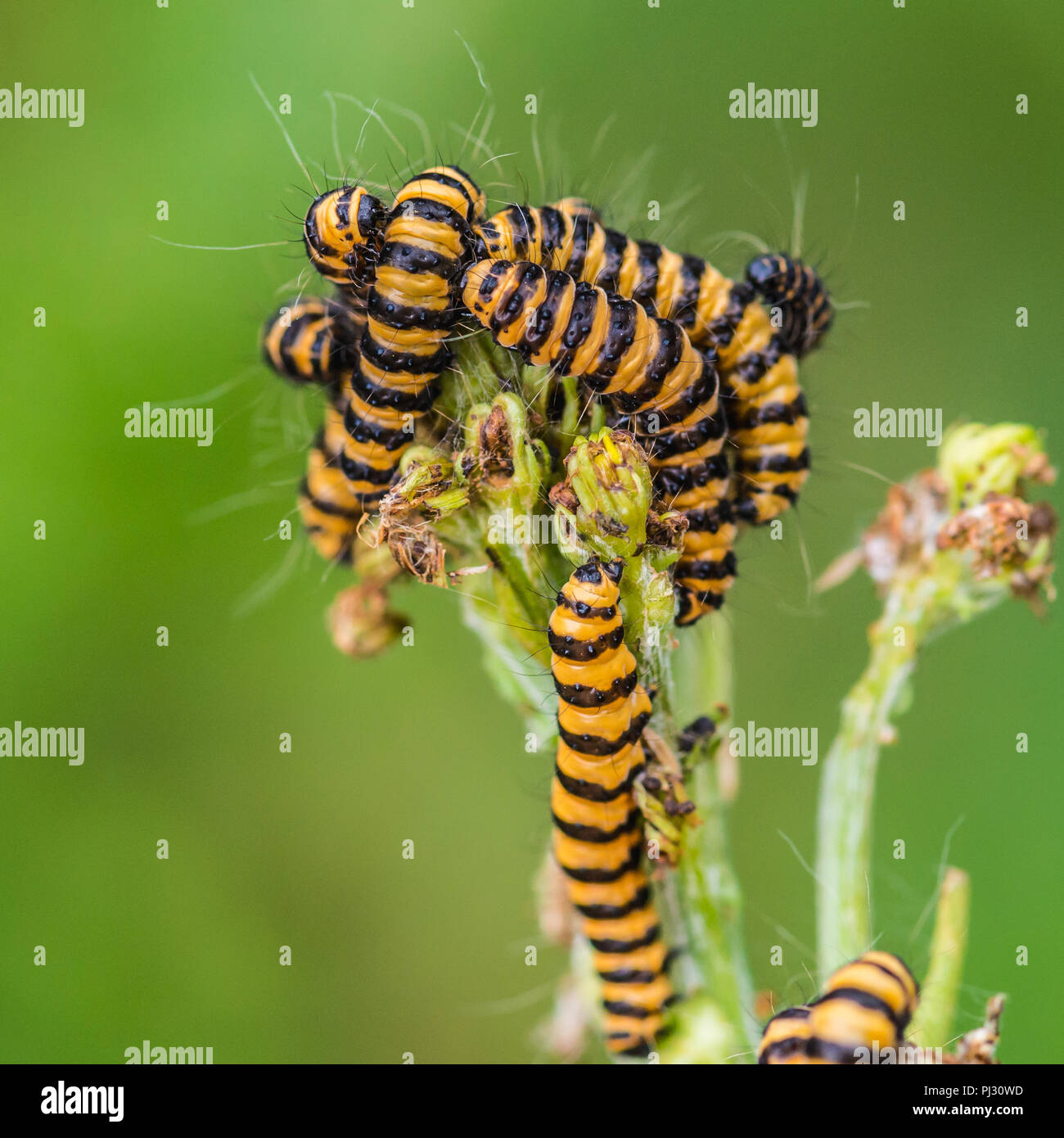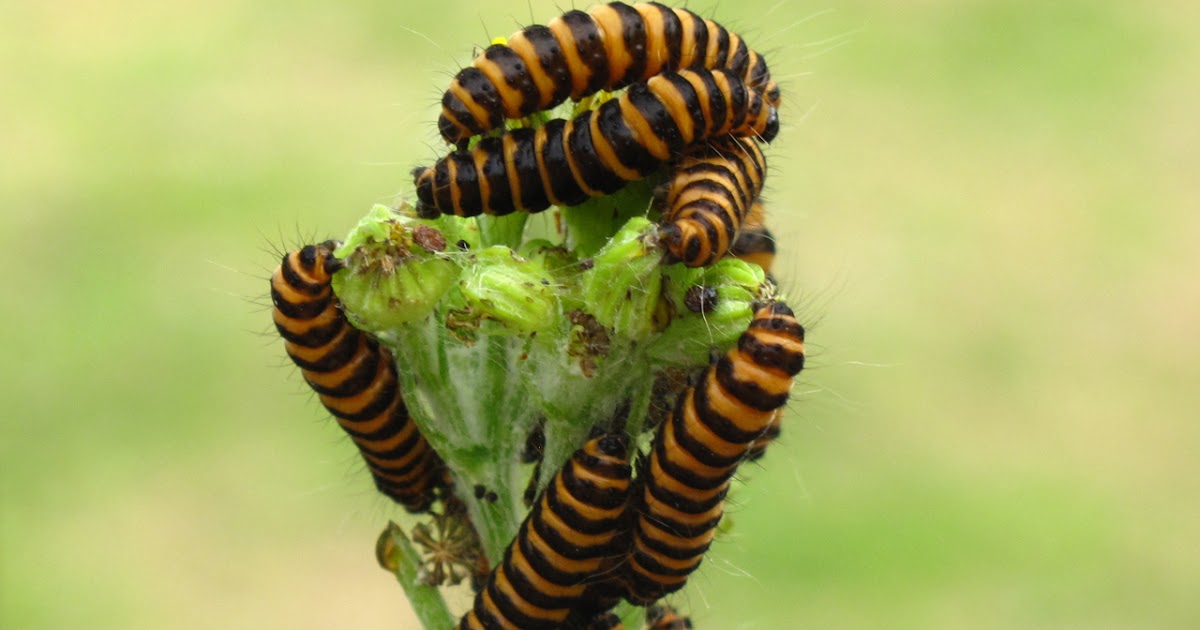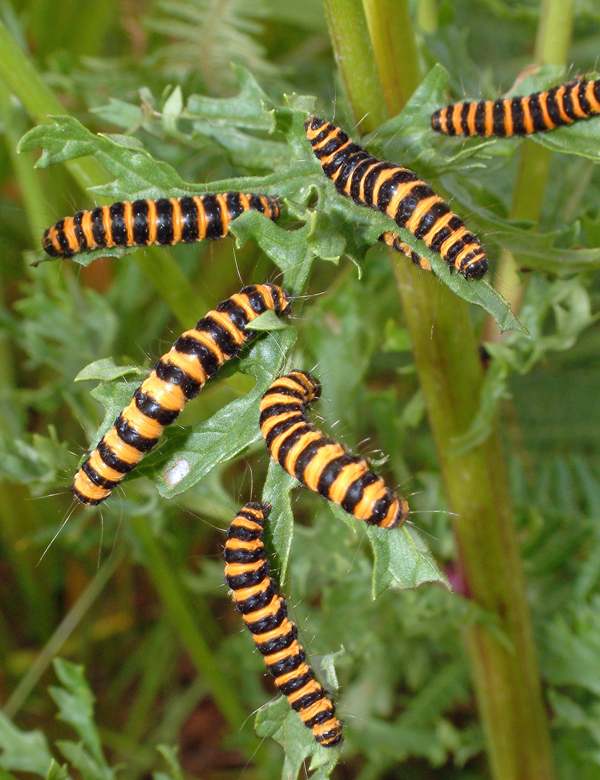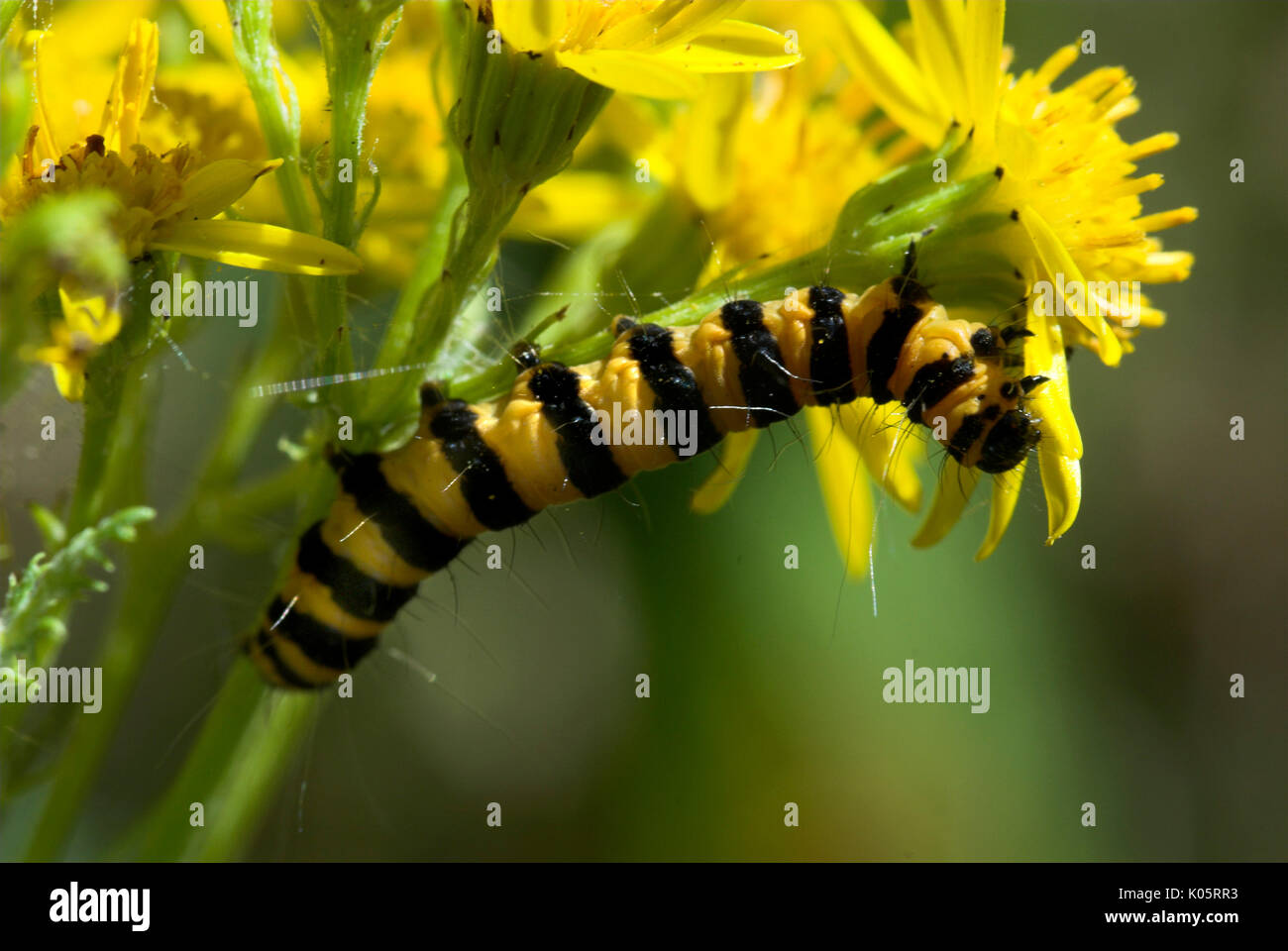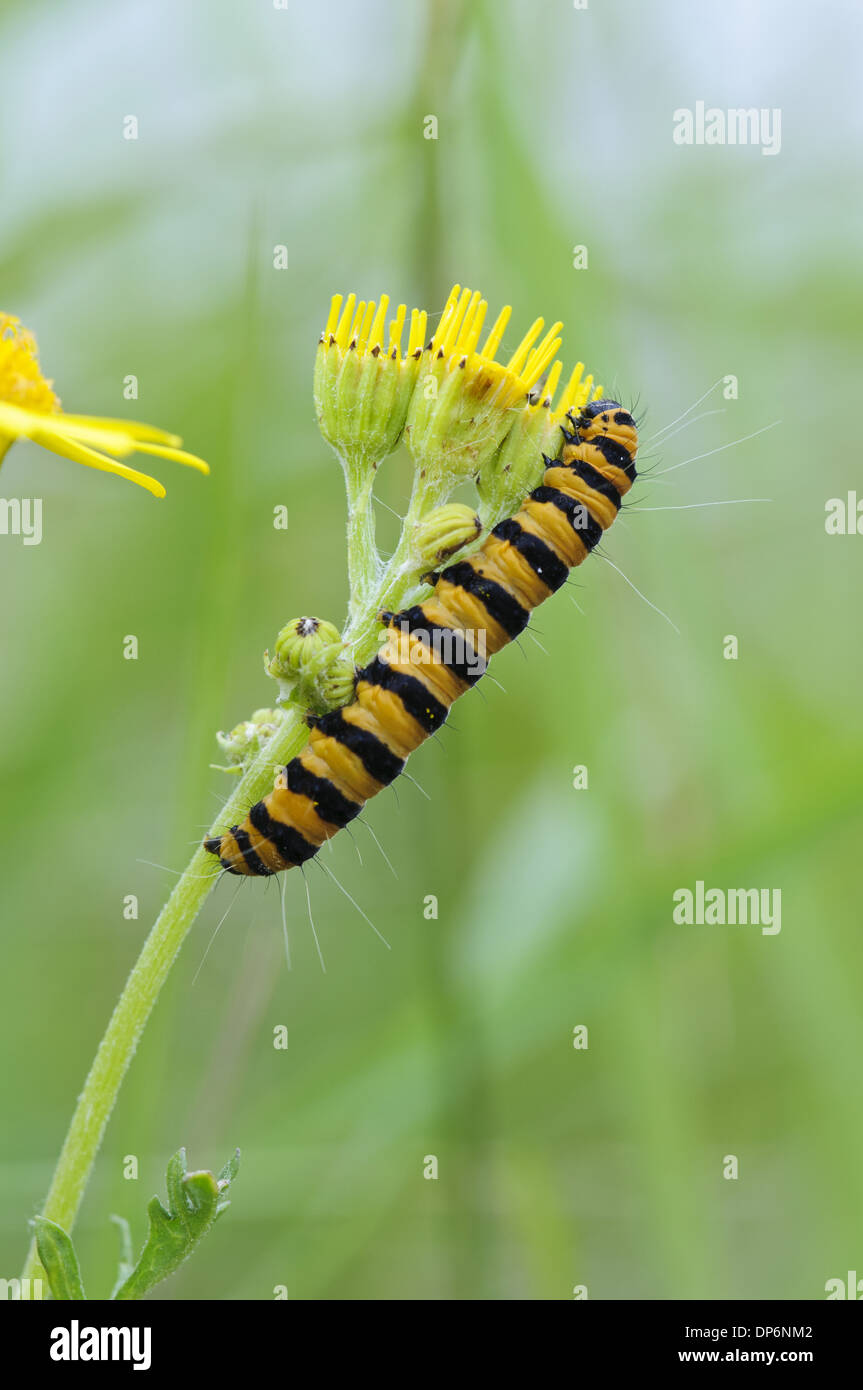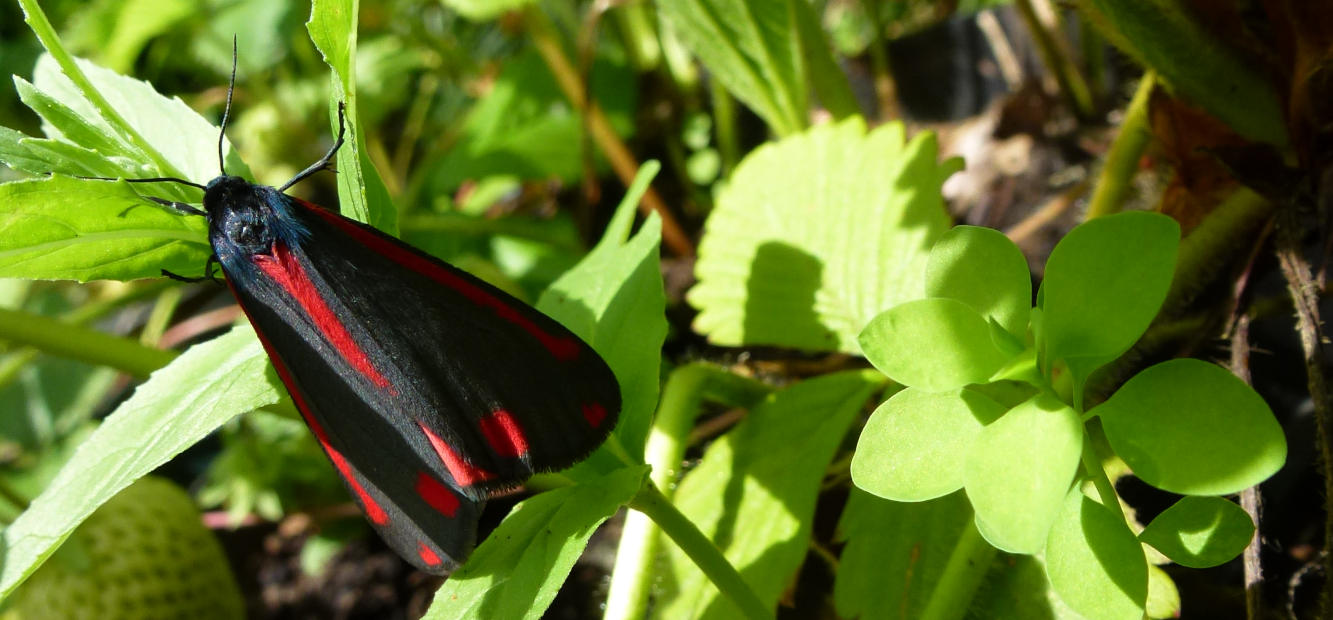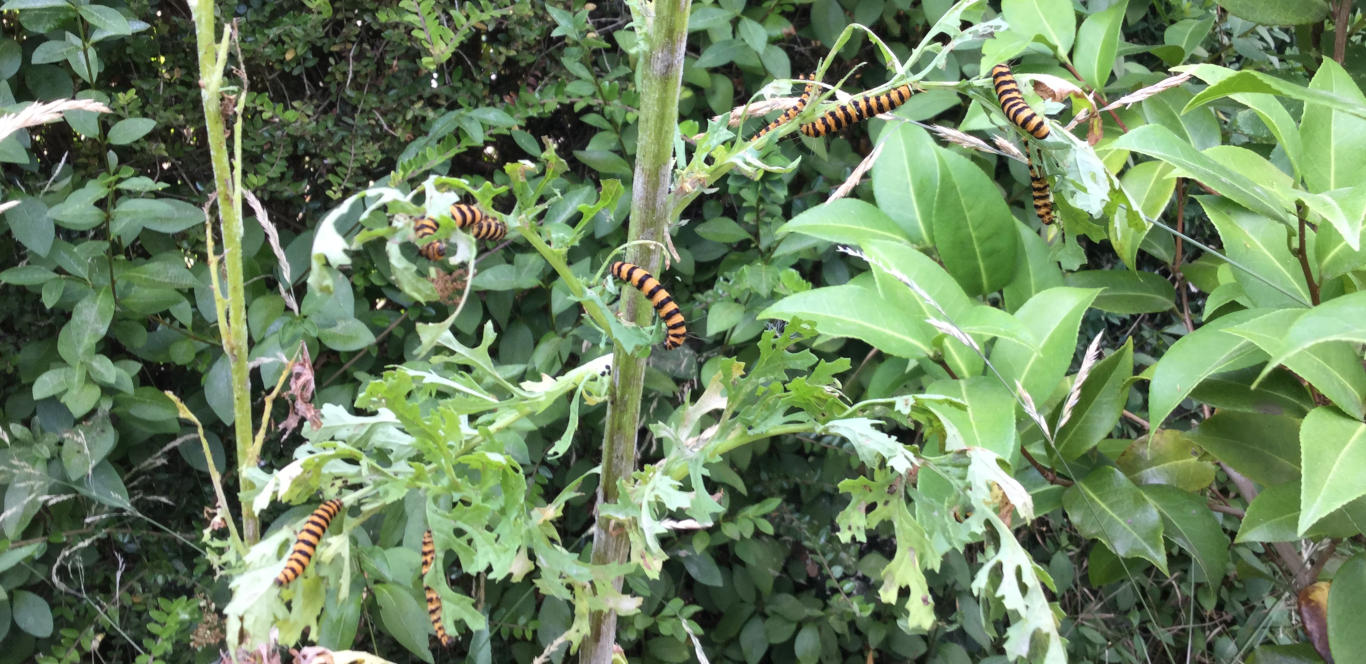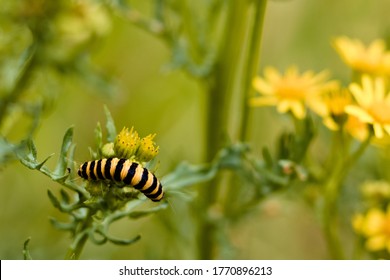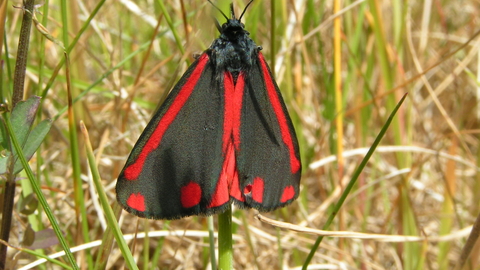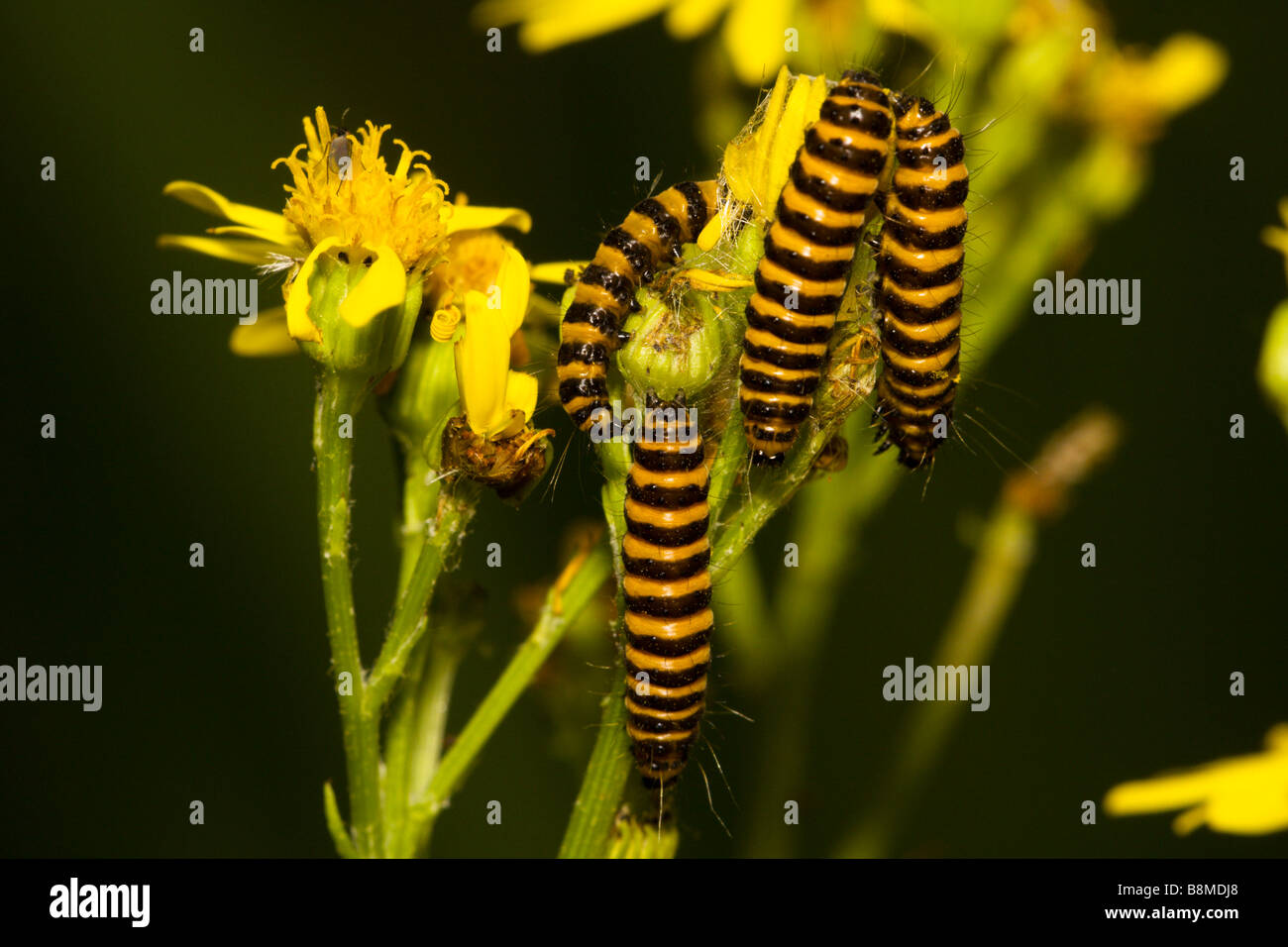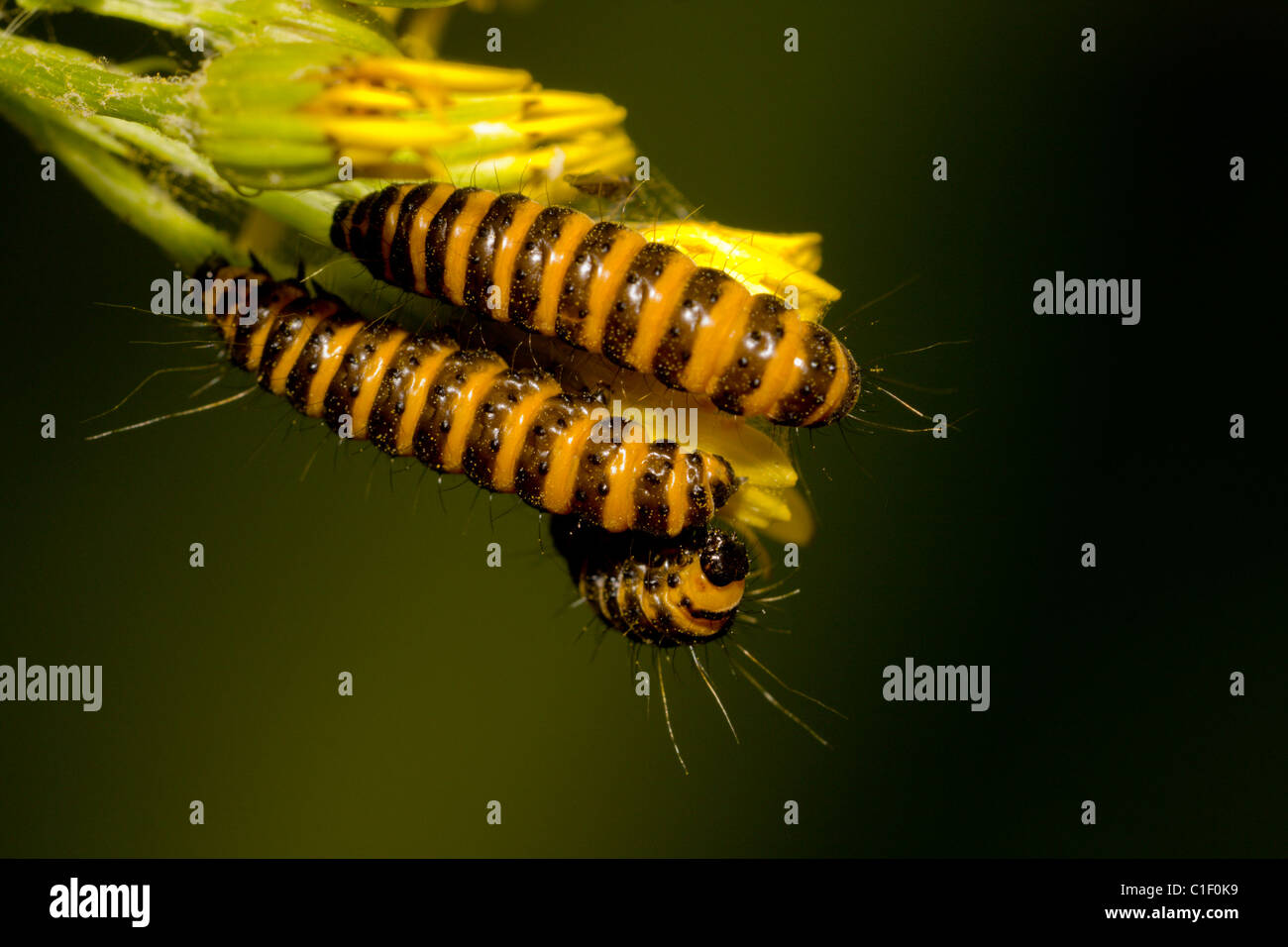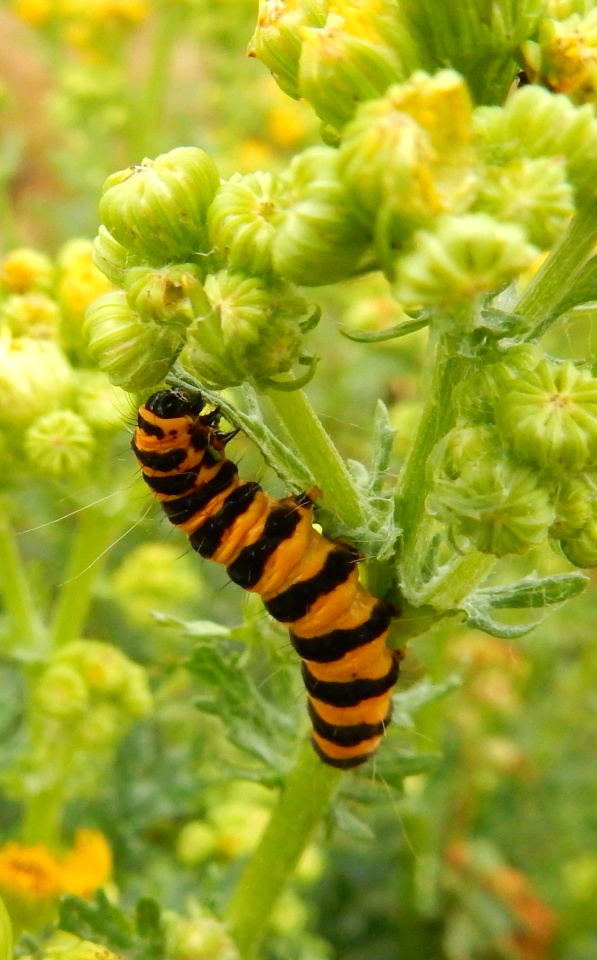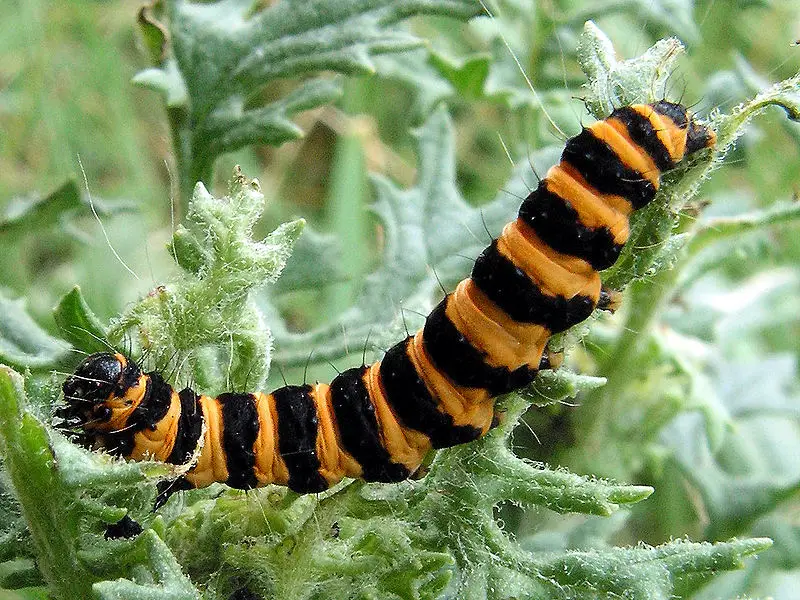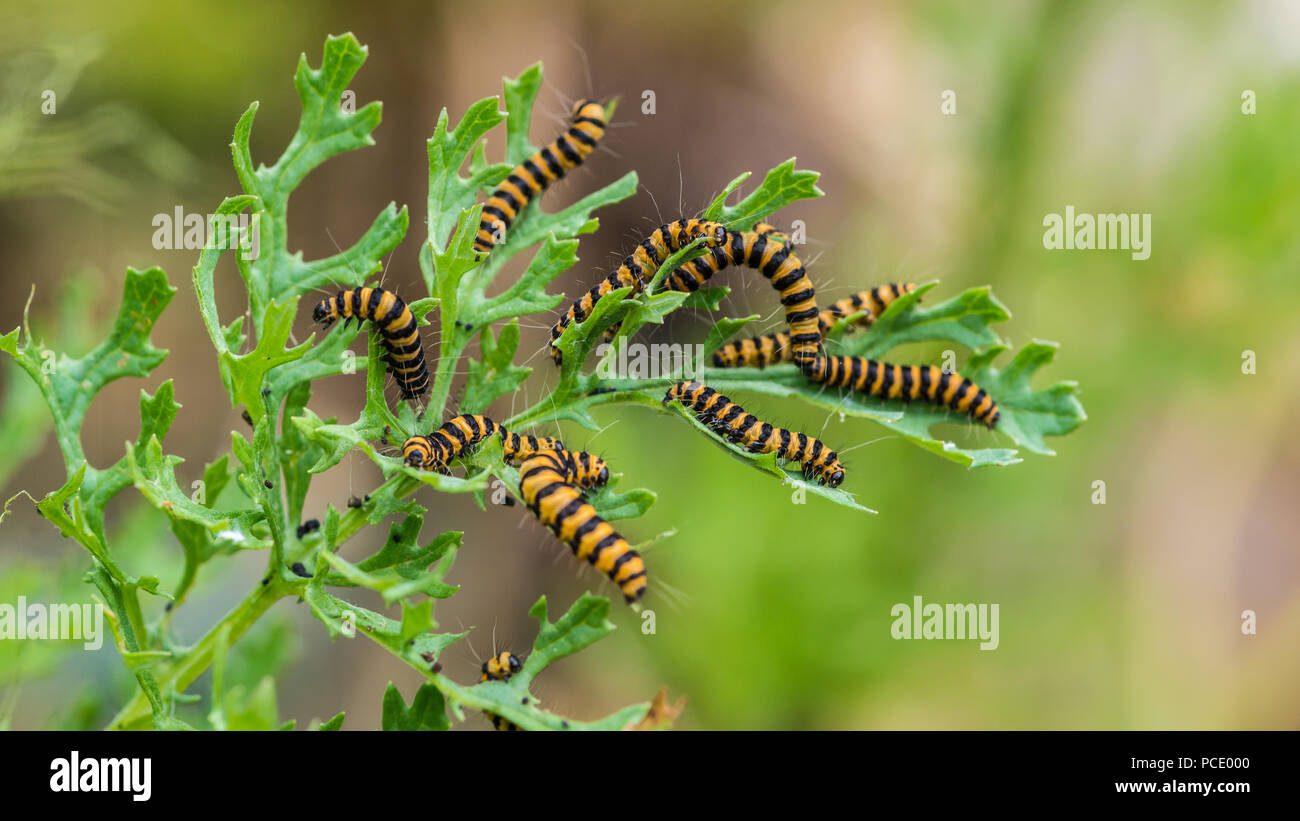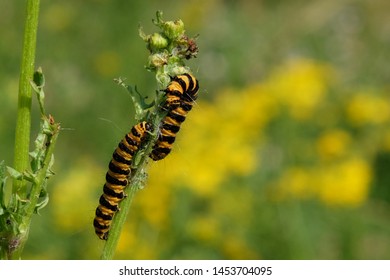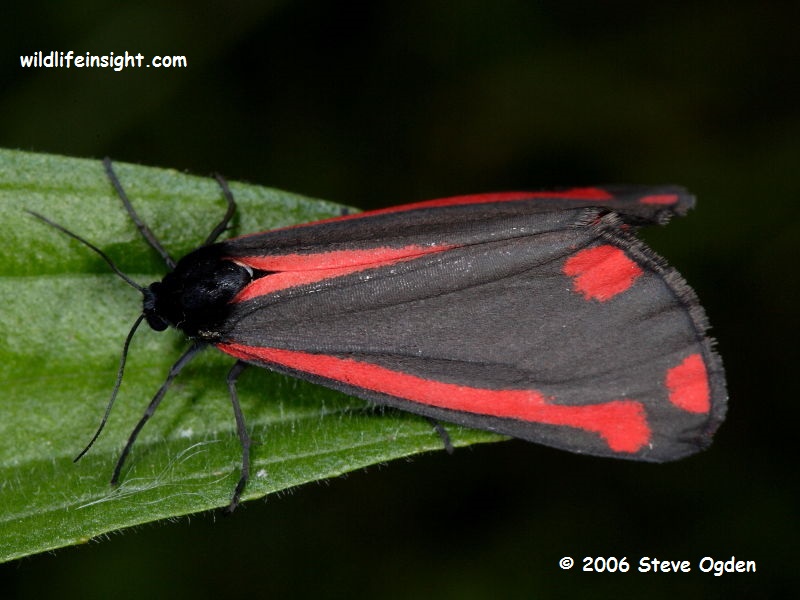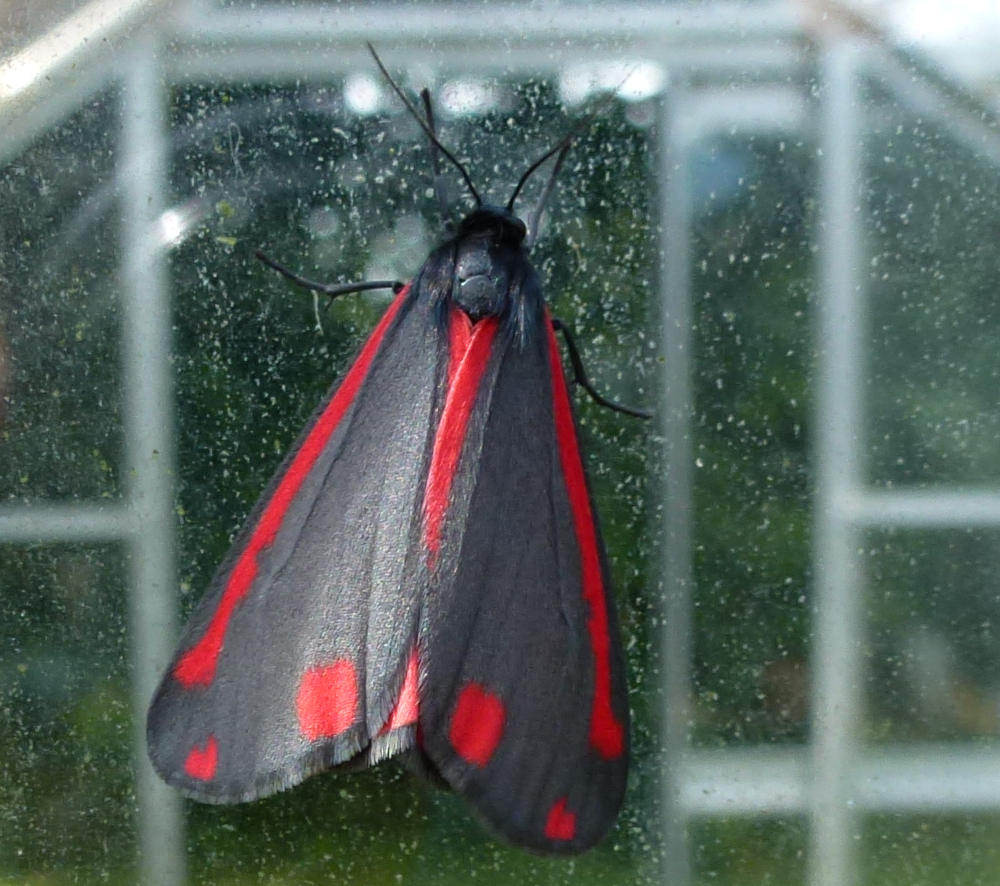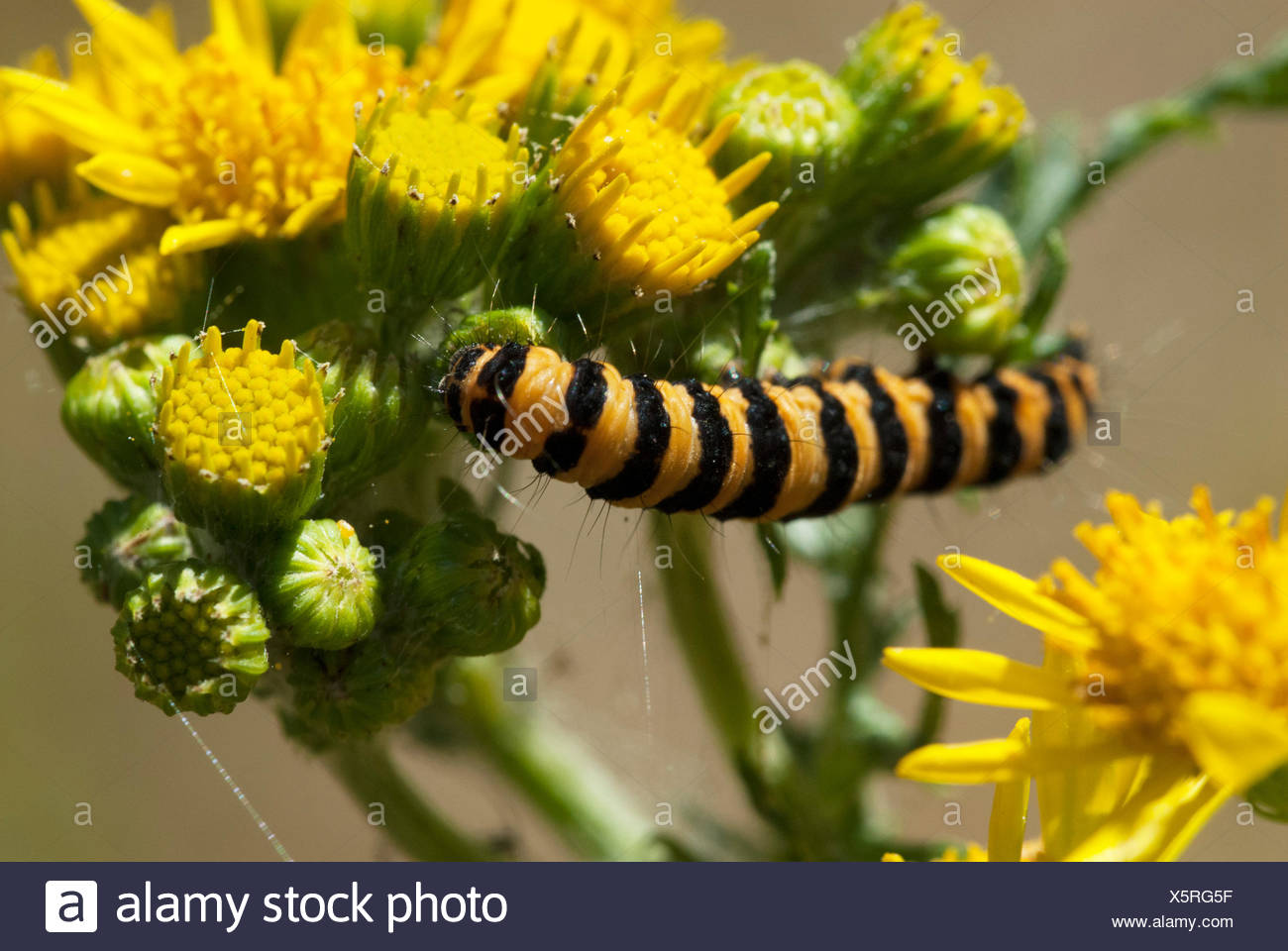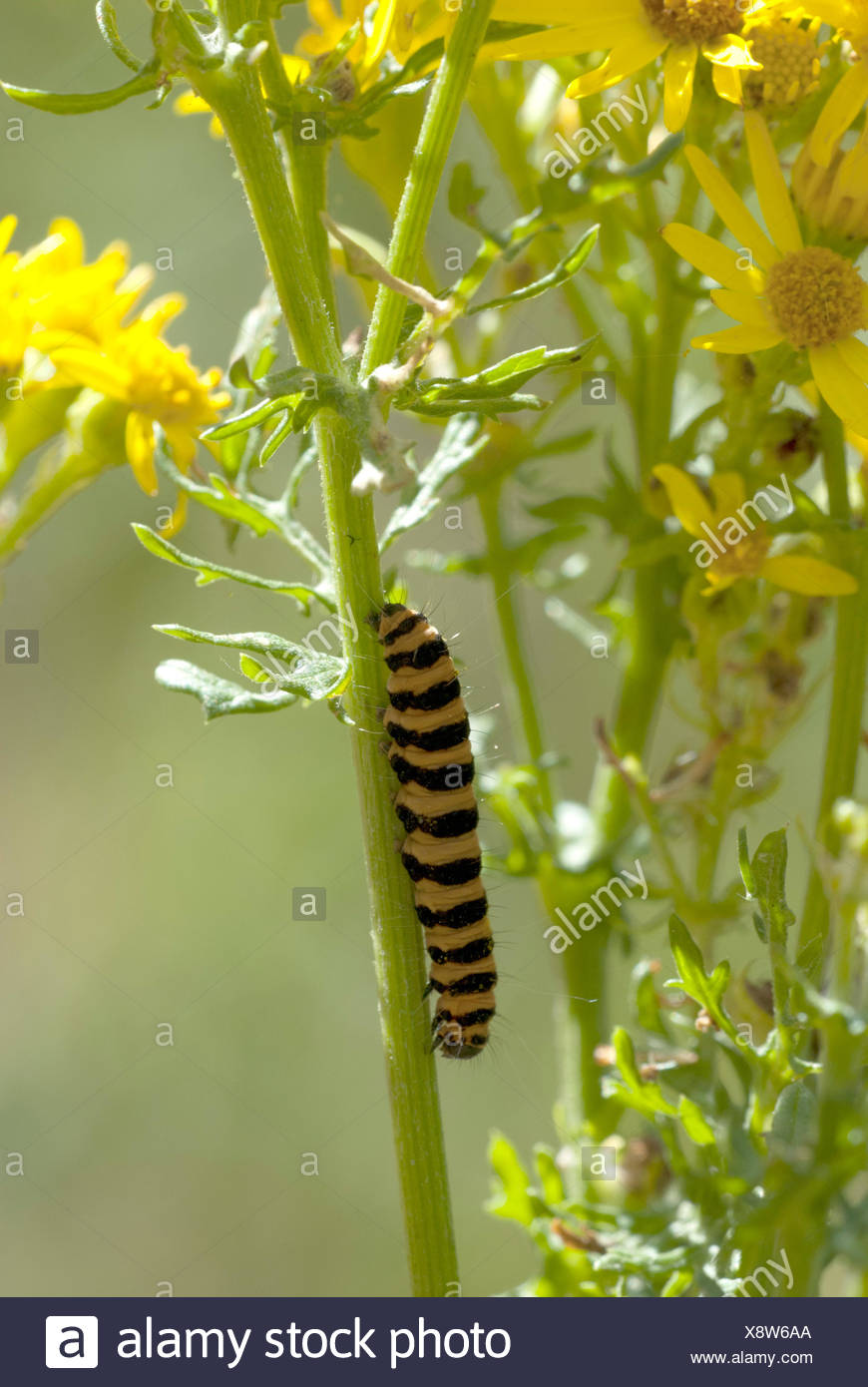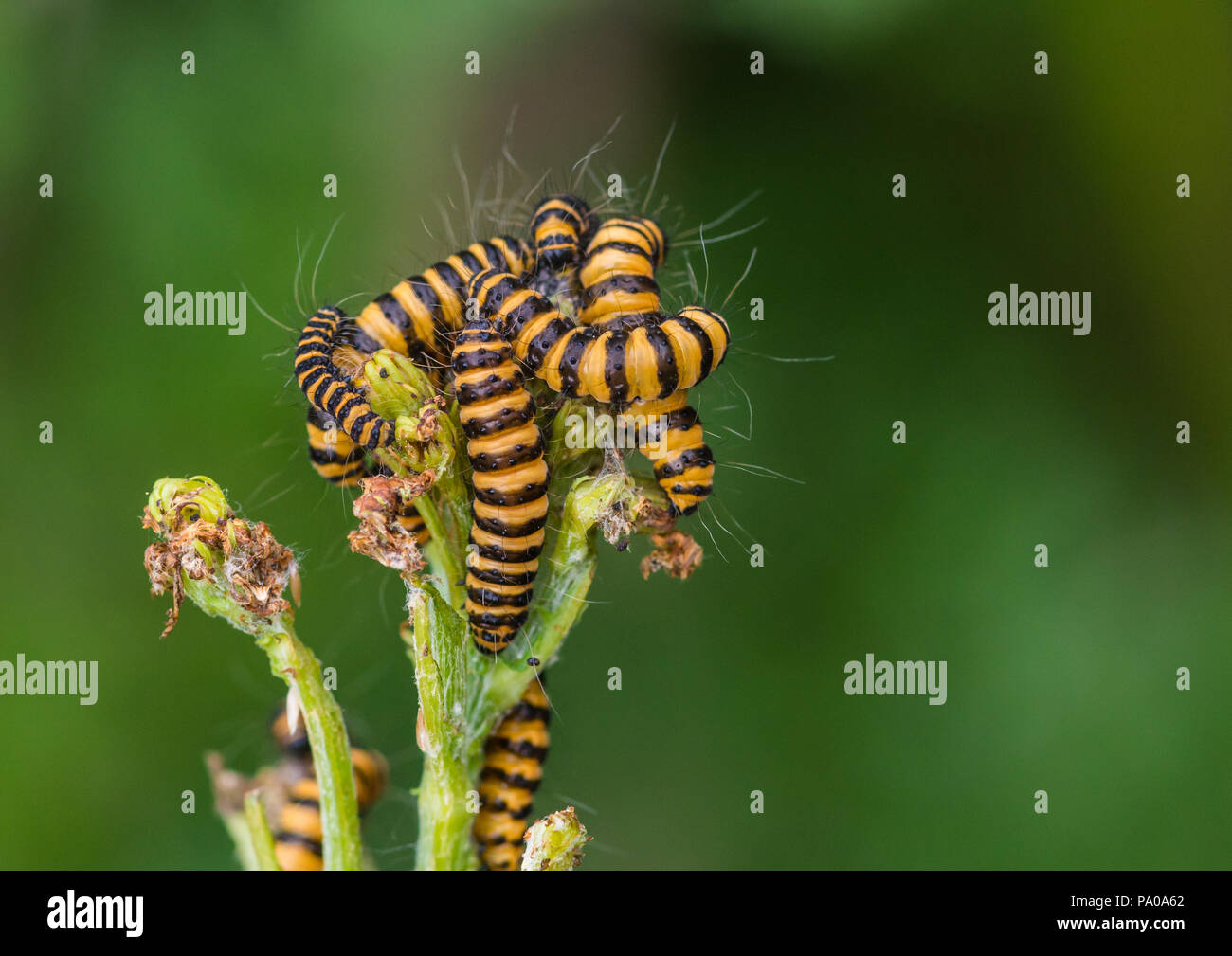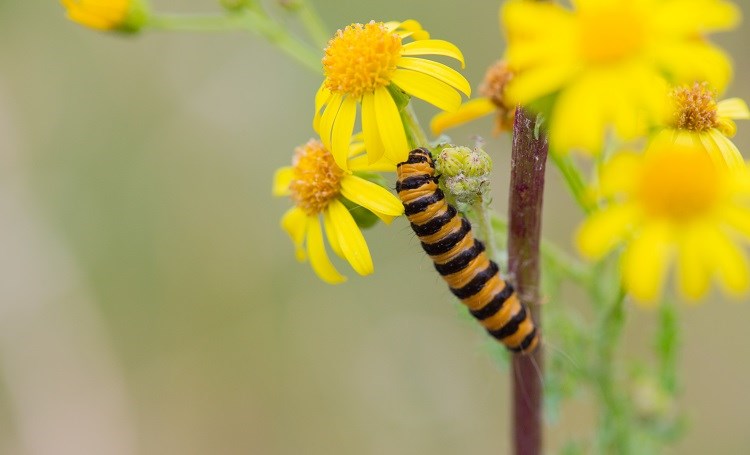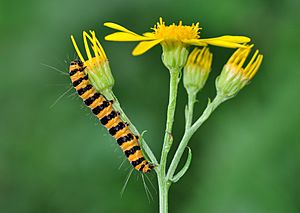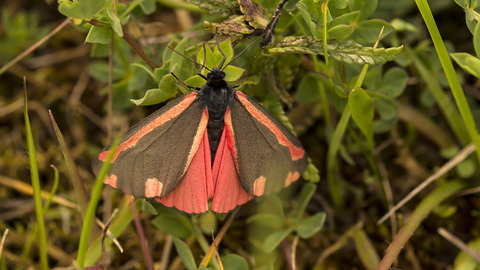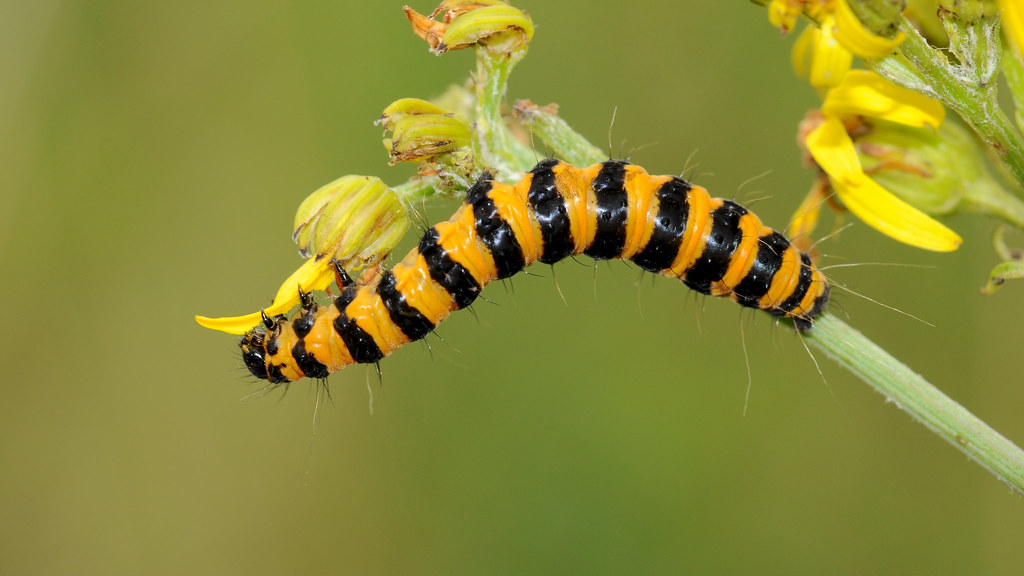What Do Cinnabar Moth Caterpillars Eat
Some uninformed people who campaign against ragwort say that groundsel is sufficient as a foodplant.

What do cinnabar moth caterpillars eat. Cinnabar moths do not pose much of a threat to humans but they do absorb toxicity from the ragworth they consume and can cause a rash if handled. What do cinnabar moths eat. Cinnabar moths can be found throughout britain except northern scotland wherever its larval foodplant ragwort and groundsel are present. In 1959 the cinnabar moth was introduced into california as a possible biological control agent.
It looks as though its wearing a rugby shirt due to its distinctive black and orangeyellow stripes. The cinnabar moth caterpillar is hard to miss. Cinnabar moth larvae eats the common ragwort plant but they are known to eat other caterpillars when their food source is low. Any birds or other predators that ignore the caterpillars bright warning sign will be repulsed by how foul they taste.
The caterpillars spend the winter as cocoons on the ground before emerging as moths in the summer. The caterpillars feed on poisonous ragwort leaves. Are cinnabar moths dangerous. Their bright colours warn predators that theyre poisonous but they only build up their poison after feeding on the ragwort.
When the caterpillars larvae hatch they feed on and around the area of the hatched eggs but as they get bigger and moult they mainly feed on the leaves and flowers of the plant and can be seen out in the open during the day. Cinnabar moth tyria jacobaeaelength. The cinnabar moth can use many members of the genus senecio as foodplants but for long term success larger plants that persist for a long time are necessary. Like several other arctiinae larvae cinnabar caterpillars can turn cannibalistic.
Like many other caterpillars its stripes are a warning to birds and other predators of its unpleasant taste. This is not true.

